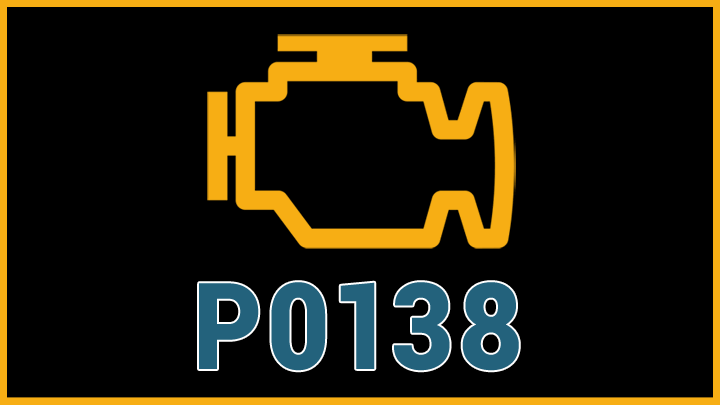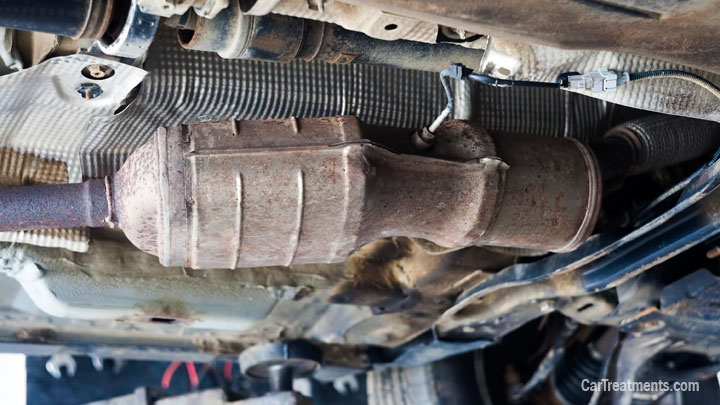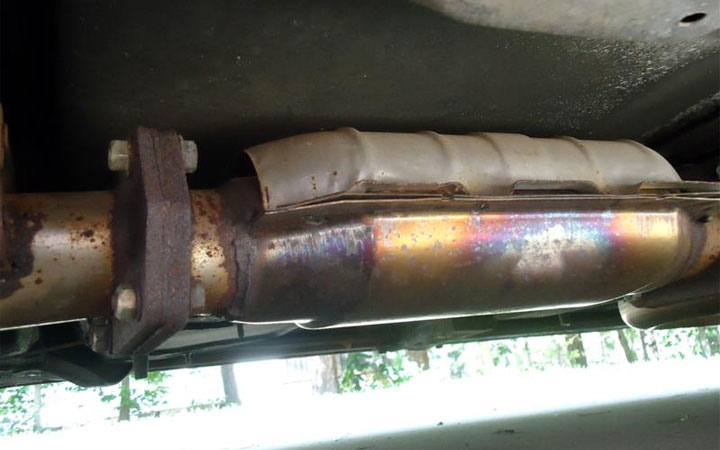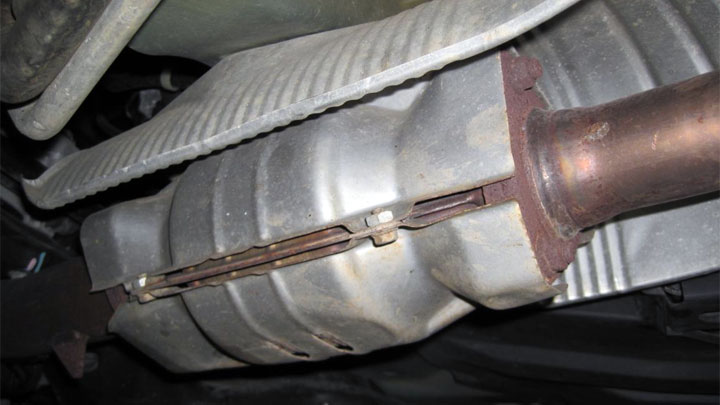Last Updated on November 3, 2022
When your check engine light comes on, it can mean anything from a catastrophic issue with the motor itself to a loose sensor connection. That’s why it’s crucial to run the codes and see what’s going on underneath the hood.
Code P0138 indicates an issue with the O2 sensor for Bank 1, Sensor 2. This sensor analyzes the vapors that come out of your catalytic converter.
It’s tempting to ignore the issue when the code indicates that a sensor is not functioning correctly. The sensors are not necessary for safely driving or running the car. However, the problem might signal a more serious problem with your engine that will be expensive and dangerous if not addressed promptly.
Keep reading to learn more about the P0138 code for your car and the best steps to fix it.
What Does Code P0138 Mean?
When your vehicle stores a P0138 code, it means that the downstream oxygen sensor experienced a high voltage reading. When the voltage is high at this sensor, it means that the balance of fuel to air inside your engine is incorrect.
A regular voltage reading is around .45 volts for the perfect oxygen-to-fuel ratio. Code P0138 appears when the sensor voltage reaches over 1.2. The high voltage signals that there is too much fuel and not enough oxygen running through your motor.
See Also: Code P0130, Code P0131, Code P0134, Code P0135, Code P0136, Code P0137, Code P0140, Code P0157, Code P0160
Symptoms of Code P0138
You’ll likely notice that something isn’t right with your vehicle if your car shows Code P0138. The obvious sign is your check engine light. But other symptoms will confirm that there’s a problem.
You may see a decrease in your fuel economy. With this code, your vehicle runs rich. This scenario means that there is too much fuel and not enough oxygen going through the engine with each stroke. Therefore, you’ll need to get gas more frequently than before.
When you’re driving or idling, you may notice stronger smells coming from your exhaust. These fumes may have a stronger gas smell than typical exhaust. You might also experience an extremely rough idle.
If any of these symptoms accompany your P0138 code, the problem is not a faulty sensor. Something more significant is happening to your vehicle.
Causes of Code P0138
When using a code to diagnose a problem in your car, it’s best to start with the most simple and easy-to-fix issue that may affect the code. If that’s not the culprit, then continue down the list of more serious problems with challenging solutions.
A P0138 Code indicates a problematic voltage reading from your oxygen sensor. It’s possible that this high reading comes from a damaged connection around the sensor. Damage to these wire connections can come from:
- Corrosion
- Power surges
- Shorts in the circuit
If the surrounding connections are functioning, the issue could come from the sensor itself. If your oxygen sensor is faulty or damaged, it can cause a P0138 code.
A dirty catalytic converter will also create artificially high readings on the Bank 1, Sensor 2. Cleaning your catalytic converter with a cleaner designed for the job will likely remedy any remaining issues.
The last part to check, if nothing else seems to be a problem, is the fuel pressure. High fuel pressure causes more gas to run through the engine, impacting the oxygen ratio. A problem with your fuel pressure is a much bigger issue than a mishap with the sensor or connections.
Is Code P0138 Serious?
Driving short distances is not a problem when your vehicle shows a P0138 code. However, you shouldn’t let it go long without examining the underlying cause of the code in the first place.
Running the engine with a higher fuel-to-oxygen ratio does not cause immediate damage to your vehicle. However, it will cost you in fuel efficiency and can cause your exhaust to be less clean. Running your engine rich for a long time will eventually harm your car.
How to Fix
The cost and effort involved in getting rid of a P0138 code depends on the underlying issues that sent the reading.
First, replace any damaged connections or wires that surround the Bank 1, Sensor 2. In many instances, this action eliminates the code with minimal cost and effort.
The second fix involves diagnosing the oxygen sensor itself. It should have a voltage reading around 0.45. Check this voltage with a multimeter. If it reads 0.9 or above, then the sensor may be damaged and need to be replaced.
However, before replacing the sensor, you must be sure that the high voltage reading does not indicate another problem.
Verify that both the coolant temperature and the fuel pressure are within the appropriate ranges for your vehicle. If the coolant and fuel pressure are where they should be, then replace the oxygen sensor to clear the P0138 code.





How will i clear the engine light when it appear on dashboard of a car
First, the problem that’s causing the check engine light will actually need to be fixed. Then you can use an OBD2 scan tool to reset the light. Sometimes, disconnecting the battery for a few minutes or simply letting the light reset by itself (as the car’s computer rechecks the problem area) will also work.
the gas attendant put too much gas in my car, after that this code (Code P0138) ( engine light ) appeared-can it be cleared by itself after driving sometime ?
Thanks,
Shahla
I don’t know. I’m not sure that code is related to having too much gas in the car.
Corsa E 2015 only done 9300 miles, code P0138 comes on, car drives completely normal, turned light out via OBD, but all works fine, after 10 miles different journeys management light comes back on, I think it could be related to sensor P0141, any thoughts.
Many thanks
Barry
Clearing the code doesn’t solve the issue. Could be an issue with the O2 sensor that warrants replacement. Before you replace the sensor, check the wiring to make sure there isn’t a short or anything like that.